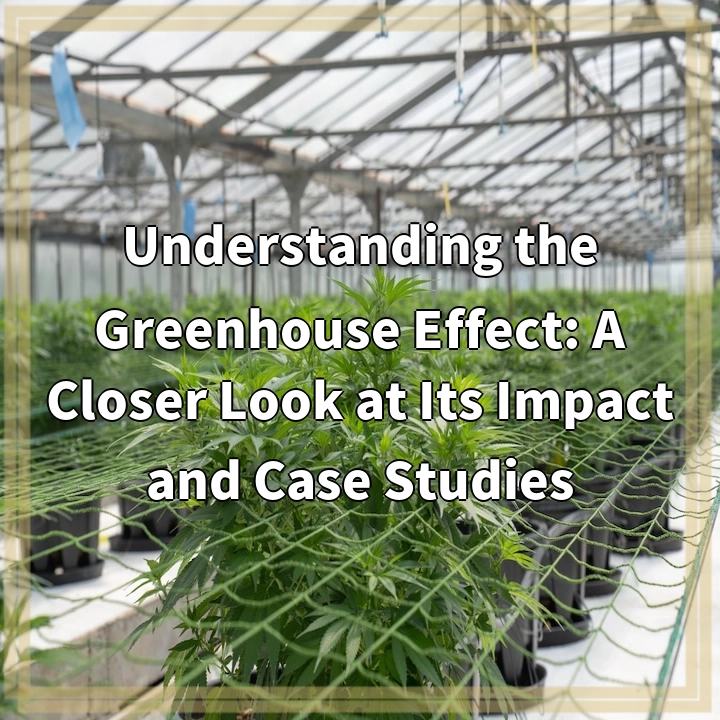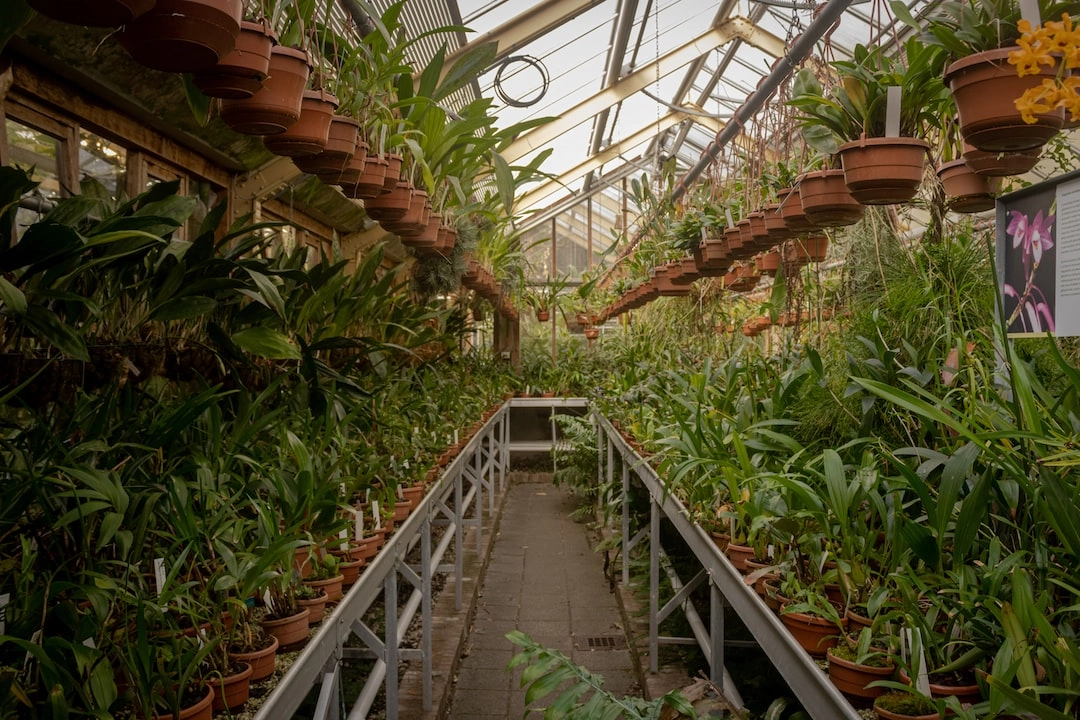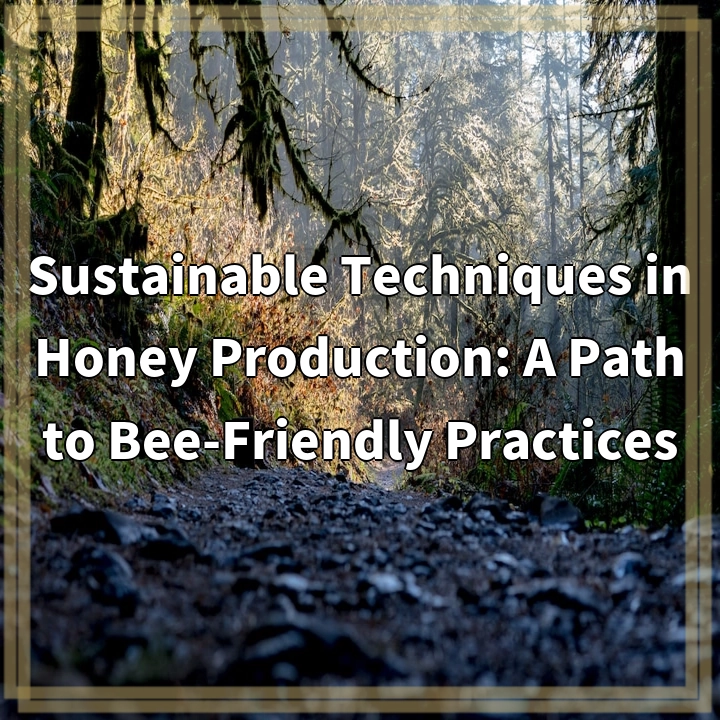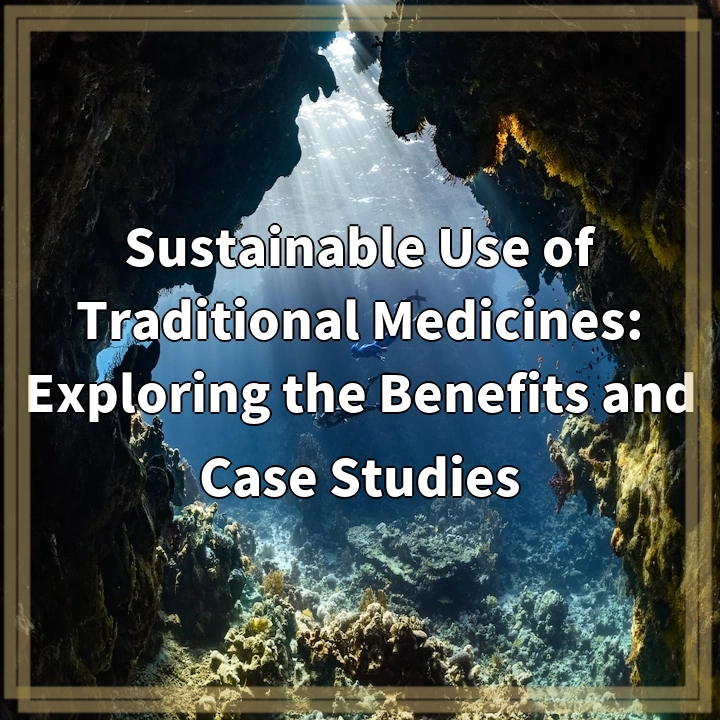
What is the Greenhouse Effect?
The Greenhouse Effect is a natural process that occurs when certain gases in the Earth’s atmosphere trap heat from the sun. These gases, including carbon dioxide (CO2), methane (CH4), and nitrous oxide (N2O), act like a blanket, preventing the heat from escaping back into space and thus keeping the planet warm.
This natural greenhouse effect is essential for sustaining life on Earth as it helps maintain a relatively stable climate. However, human activities, such as burning fossil fuels and deforestation, have significantly increased the concentration of greenhouse gases in the atmosphere, leading to an enhanced greenhouse effect. This anthropogenic increase in greenhouse gases is contributing to global warming and climate change.
Real-World Problems Associated with the Greenhouse Effect
The enhanced greenhouse effect and the resulting global warming have several significant impacts on the environment and society. Understanding these problems is crucial for addressing the challenges posed by climate change:
Rising Temperatures
The increased concentration of greenhouse gases in the atmosphere leads to a rise in global temperatures. This rise in temperature has far-reaching consequences, including:
- Extreme Weather Events: Heatwaves, hurricanes, droughts, and heavy rainfall become more frequent and intense.
- Melting Ice and Rising Sea Levels: The warming climate accelerates the melting of glaciers and polar ice caps, leading to sea-level rise. This poses a significant threat to coastal communities and ecosystems.
- Disruption of Ecosystems: Changing temperature patterns can disrupt ecosystems and lead to the loss of biodiversity. Species that are unable to adapt to rapidly changing conditions may become extinct.
Impacts on Agriculture and Food Security
Climate change and the greenhouse effect directly affect agricultural systems and food production:
- Reduced Crop Yields: Rising temperatures, changing precipitation patterns, and increased pests and diseases can lead to decreased crop productivity.
- Shifts in Agricultural Zones: Changes in temperature and precipitation may result in shifts in suitable agricultural regions, impacting the distribution and availability of food.
- Food Supply Chain Disruptions: Extreme weather events can damage infrastructure, disrupt transportation, and impact food distribution networks.
Threats to Human Health
The greenhouse effect and climate change also have significant implications for human health:
- Increased Disease Spread: Changing climate patterns can influence the distribution and prevalence of diseases, such as vector-borne illnesses like dengue fever and malaria.
- Heat-Related Illnesses and Deaths: Higher temperatures can increase the risk of heat-related illnesses and fatalities, especially among vulnerable populations.
- Poor Air Quality: Climate change can worsen air quality by increasing the concentration of pollutants, leading to respiratory problems and cardiovascular diseases.
Conclusion
The greenhouse effect, when in balance, is essential for maintaining a habitable planet. However, human activities have disrupted this balance, resulting in global warming and climate change. Understanding the real-world problems associated with the greenhouse effect is crucial in taking effective action to mitigate climate change, reduce greenhouse gas emissions, and transition to renewable energy sources.

Possible Solutions to Address the Challenges
While the impacts of the greenhouse effect and climate change are significant, there are several solutions that can help mitigate and adapt to these challenges:
Reducing Greenhouse Gas Emissions
Efforts to reduce greenhouse gas emissions play a crucial role in combating the greenhouse effect and climate change:
- Transition to Renewable Energy: Shifting from fossil fuels to renewable energy sources such as solar, wind, and geothermal can significantly reduce greenhouse gas emissions.
- Energy Efficiency: Improving energy efficiency in buildings, transportation, and industrial processes helps reduce overall energy demand and carbon emissions.
- Sustainable Agriculture: Implementing sustainable agricultural practices, such as organic farming, agroforestry, and precision farming, can reduce emissions from the sector and enhance soil carbon sequestration.
Conservation and reforestation
Conserving and restoring natural ecosystems can help sequester carbon and mitigate the greenhouse effect:
- Forest Conservation: Protecting existing forests helps prevent deforestation and preserves carbon sinks that absorb and store CO2.
- Reforestation and Afforestation: Planting new trees helps increase carbon sequestration, enhance biodiversity, and mitigate the greenhouse effect.
- Protecting Wetlands: Preserving wetland habitats is crucial as they store significant amounts of carbon and play a vital role in regulating water cycles.
Adapting to Climate Change
As the impacts of the greenhouse effect and climate change continue to unfold, adapting to these changes is paramount:
- Building Resilient Infrastructure: Designing and constructing infrastructure that can withstand extreme weather events such as floods, storms, and heatwaves.
- Water Management: Implementing sustainable water management strategies to mitigate the impacts of droughts and floods caused by climate change.
- Enhancing Public Health Preparedness: Developing strategies to tackle the health risks associated with climate change, including heat stress, vector-borne diseases, and respiratory illnesses.
Conclusion
Addressing the greenhouse effect and climate change requires a multifaceted approach. By reducing greenhouse gas emissions, conserving and restoring ecosystems, and adapting to the changes, we can minimize the impact of the greenhouse effect, mitigate climate change, and build a sustainable future for generations to come.















